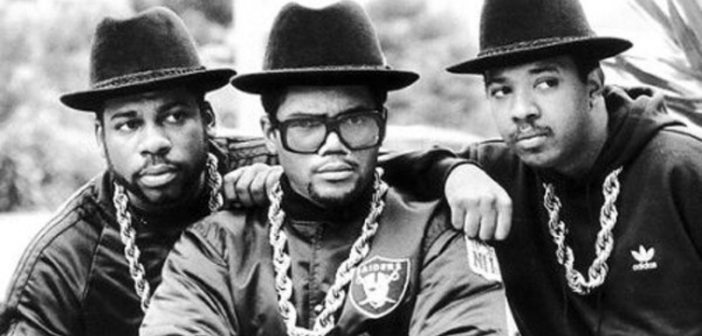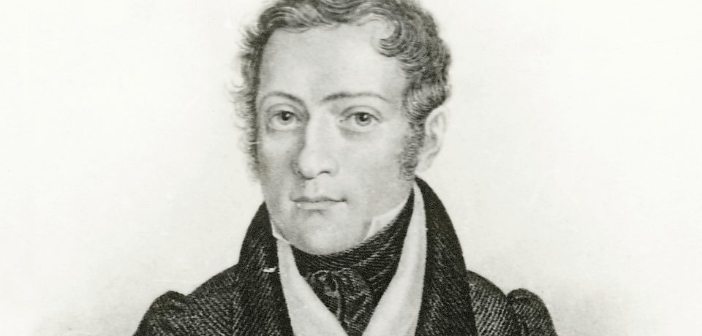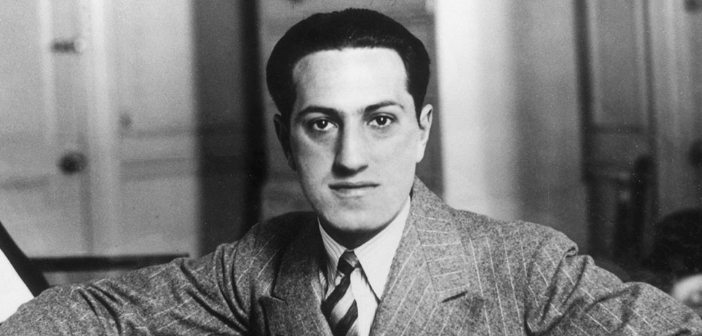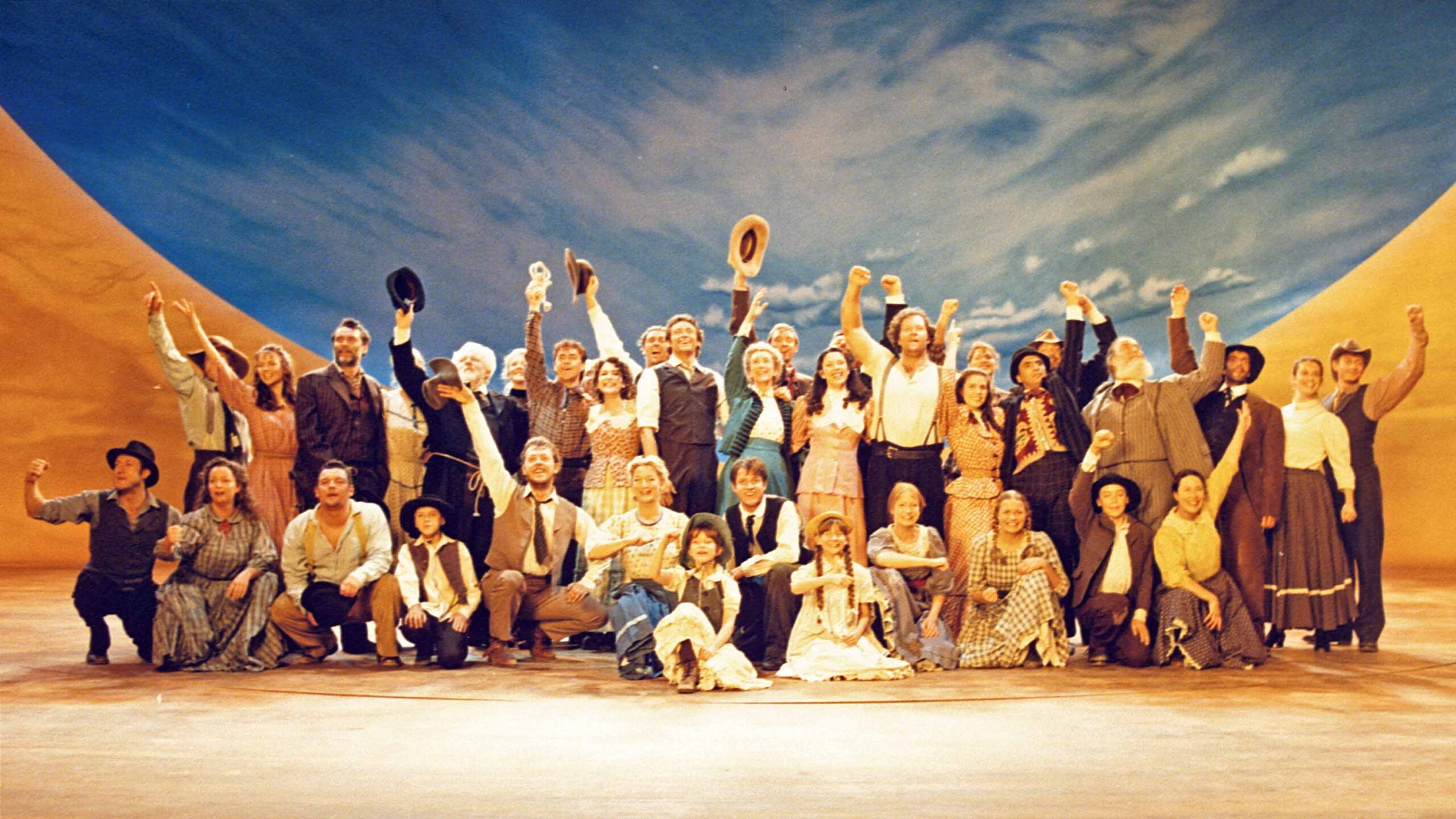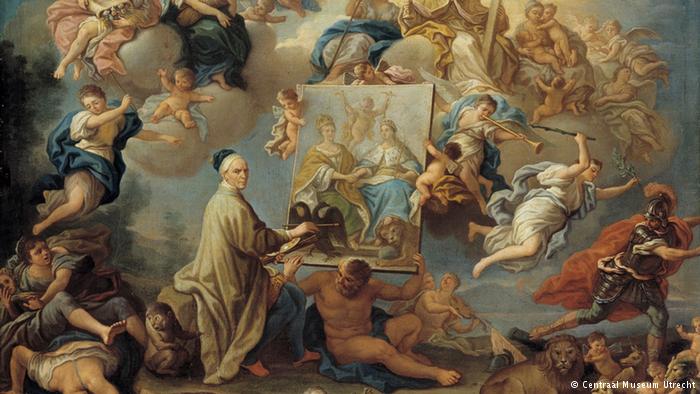On this day in music forty years ago, Run DMC released their rapturous and infections third album Raising Hell. In a time when hip hop was considered a fast-fading fad, Raising Hell would break this perception by selling over three million disks and achieving triple-platinum certification. Songs such as “It’s Tricky,” “My Adidas,” and “Walk this Way” have achieved legendary status in the hip hop world and entrench DMC as one of the most influential hip hop groups of all time. Run DMC – “Walk this Way” (feat. Aerosmith)
Browsing: This Day in Music
Composer, pedagogue, and Pianist Carl Czerny was known primarily for his immense contributions to the intermediate ranges of piano music. A prodigy, Czerny studied with Beethoven from the age of ten when the young Czerny impressed the old master with renditions of Pathétique and Adelaide. In his own teaching career, Czerny would have as pupil the little-known pianist Franz Liszt who later dedicated his Études d’exécution transcendente. Although his compositions have been considered dry and formulaic by icons as Robert Schumann, his pedagogy is considered the foundation upon which modern piano technique is based. Vladimir Horowitz – “Rode Variations”
Henry Purcell was the most important British composer of the mid-Baroque era as a cross-genre composer of church, stage, court, and private entertainment music. Son of an esteemed court musician, Purcell also held various royal musical positions through the reigns of Kings James II, William III, and Queen Mary. His most famous works attest to his repute as the apex of British classical music with subject matter all relating to English lore with Dido and Aeneas, King Arthur, and The Fairy Queen. Henry Purcell – Trumpet Tune and Air
Known for his twelve-tone method, Arnold Schoenberg was an iconoclast in the classical music world of the early 20th century. His atonal works clashed against the traditional diatonic systems of harmony by taking chromaticism to an extreme extent, provoking both widespread love and dissent. His influence spread with his dedicated disciples Anton Webern and Alban Berg, who continued the atonal tradition. It has been criticized of Schoenberg that his music is more often defended than listened to. Aside from music, Schoenberg is also notable for his gifted painting ability, his fear of the number 13 (ironically born on September 13th…
Librettist Oscar Hammerstein II formed an iconic partnership with Richard Rogers on musicals such as The Sound of Music, Oklahoma!, and Carousel. The duo won various awards for a range musical genres spanning Oscars, Tony’s, and Pulitzers. Work with the composer Jerome Kern would help Kern’s career as a pioneer in the burgeoning American pop music scene. Below is a video from The Sound of Music featuring our last cover article feature, Christopher Plummer. Sound of Music “Finale – Climb Ev’ry Mountain”
Gershwin, one of the main catalysts for jazz to become America’s music, was a composer and pianist who bridged popular and classical modes. His prolific compositions are now considered jazz and pop standards, most notably the “rhythm changes” in his tune “I got Rhythm” that would become a seminal chord sequence for bebop development. Notable works include An American in Paris, Porgy and Bess, and Rhapsody in Blue. Ella Fitzgerald – “Summertime”
The RIAA Gold Record certification now means 500,000 album units sold. However, in the early stages of RIAA certifications, it meant $1 million in sales. Debuting in 1943, Oklahoma! was the first musical written by the prolific team of Rodgers and Hammerstein. A western-romance, Oklahoma! went on to become a lucrative project garnering numerous awards, revivals, an Oscar nominated film adaptation, and a Special Pulitzer Prize. Gordon MacRae – “Oklahoma”
Following the signing of the Treaty of Utrecht in 1713, George Frederic Handel wrote the sacred choral Utrecht Te Deum and Jubilate to commemorate the peace that the treaty brought over Europe in ending the War of Spanish Succession. A five-part chorale with sparing string and horn accompaniment, this piece marked the beginning of Handel’s life in England. The dignified work was premiered on July 7th, 1713 after the treaty proceedings finished. The Netherlands Bach Society – Handel Te Deum HWV 278, Jubilate HWV 279
On July 6th 1937, Benny Goodman recorded New Orleans swing standard “Sing, Sing, Sing” in Hollywood with his band. Goodman would go on to make this song an anthem of sorts for the Big Band and Swing era. His famous quote goes “‘Sing, Sing, Sing’ (which we started doing back at the Palomar on our second trip there in 1936) was a big thing, and no one-nighter was complete without it.” Benny Goodman – “Sing, Sing, Sing”
The origin of the moniker “Lennon-McCartney” dates back to a writer credit for a 1963 Del Shannon cover of The Beatle’s tune “From Me to You.” Initially placing 87 on the Billboard Hot 100, “From Me to You” was the first imprint of the British Invasion on the American pop music scene, a scene the Beatles would soon dominate. The song was also the first to be a genuine collaborative composition, as Lennon and McCartney wrote it through a back-and-forth exchange on a bus to a tour in Shrewsbury. Del Shannon — “From Me to You”


